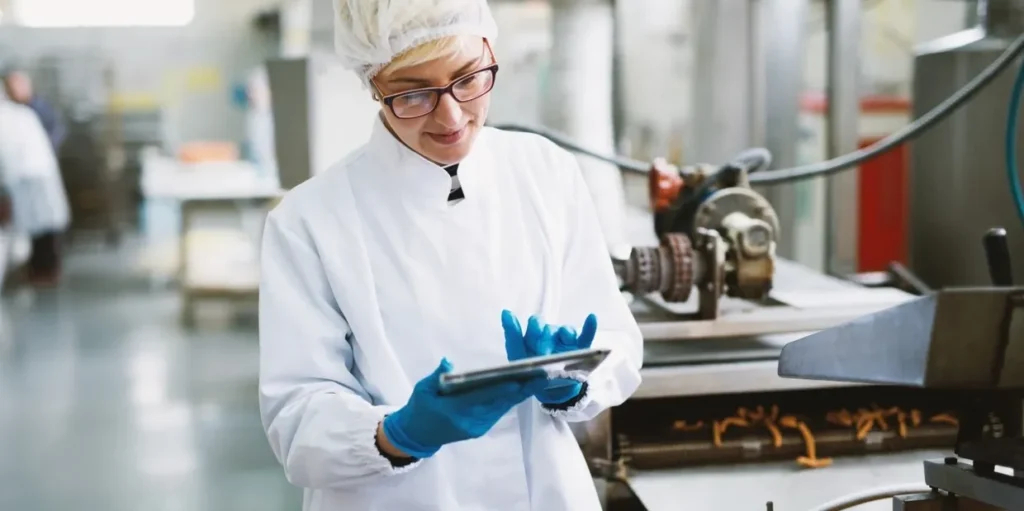Introduction
Digitizing and consolidating manufacturing documentation is crucial for gaining valuable insights into production processes, quality analysis, and post-production batch audits. A global food manufacturer recognized the need to modernize its operations to improve efficiency and data transparency. The company sought to leverage emerging IoT sensor technology, build a mobile operations workforce, and establish a robust data infrastructure to revolutionize its manufacturing process.
Challenges and Objectives
The company faced challenges stemming from aging technology infrastructure, disparate point solutions across 32 manufacturing facilities, and limited data transparency. The objectives of the project were three-fold:
- Enable a Mobile Workforce: Focus on empowering the workforce with mobile devices to capture operational and quality checks at the point of reference, reducing manual paperwork.
- Build Data Infrastructure: Establish a robust data infrastructure that could integrate with the enterprise ERP system, providing instant insights and data transparency across all facilities.
- Leverage IoT Sensors and Automation: Implement IoT sensor technology and next-generation automation to optimize manufacturing processes and reduce operational complexity.
Implementation
To achieve these objectives, the company formed cross-functional teams comprising engineering, quality, and operations experts from various divisions. The following steps were undertaken:
- Line Mapping and Technology Categorization: 118 manufacturing lines were mapped and categorized against a menu of technology solutions to determine the most suitable approach for each line.
- Agile Project Teams: Agile project teams were formed to conduct line assessments, provide training, deploy technology solutions, and gather feedback for continuous improvement.
- Mobile Workforce Enablement: Industrial-grade tablets replaced terminal stations, enabling operational checks to be captured efficiently at the point of reference. Data connections to the historian allowed automatic capture of certain operational checks, reducing operator workload.
- IoT Sensors and Mobile App: A library of IoT sensors was recommended for testing, and a mobile app was developed for rapid input of operational checks. The data infrastructure was built with API capability to integrate with the enterprise ERP system.
Results
Over the course of several years, the company achieved remarkable results:
- Instant Insights: Real-time insights were obtained across all manufacturing facilities, providing a comprehensive view of the health of operations.
- Reduced Workforce Complexity: With the mobile workforce enabled by industrial-grade tablets, operational complexity was significantly reduced, and manual paperwork was minimized.
- Consolidated Production Documentation: Digitization and automation allowed for the consolidation of production documents, enabling rapid market releases of products.
Conclusion
By embracing digitization, IoT sensor technology, and building a mobile workforce, the global food manufacturer transformed its manufacturing process. The successful implementation of automation and data infrastructure led to enhanced efficiency, improved data transparency, and streamlined operations. The company’s commitment to leveraging emerging technologies resulted in a significant improvement in overall productivity and competitiveness in the market.

